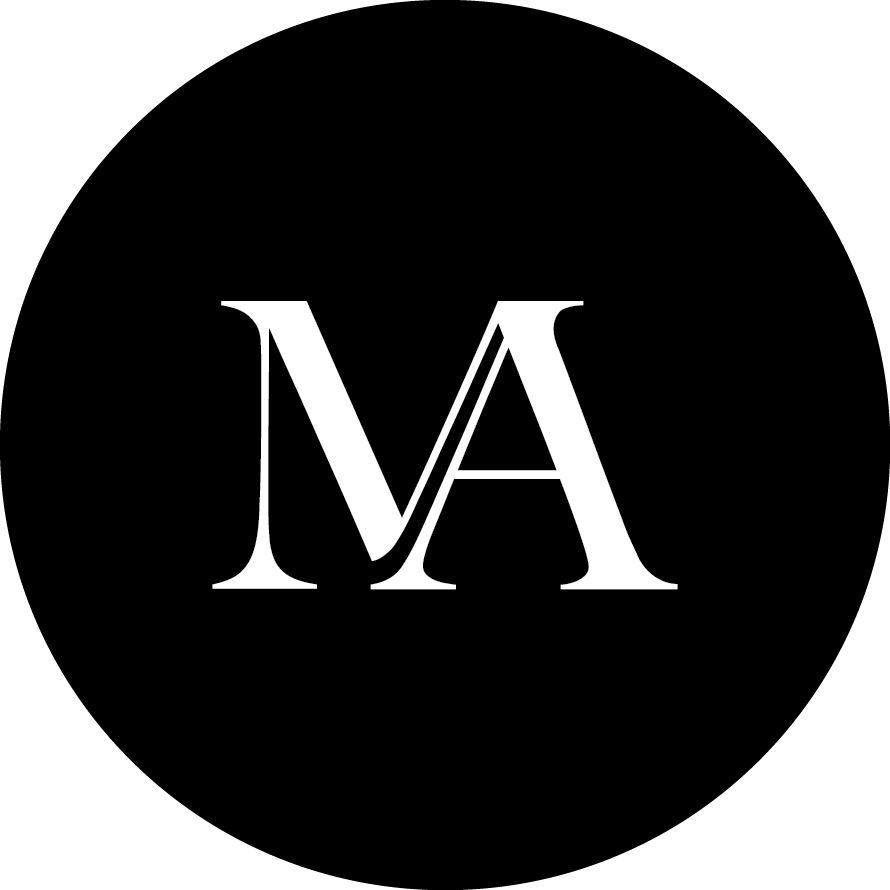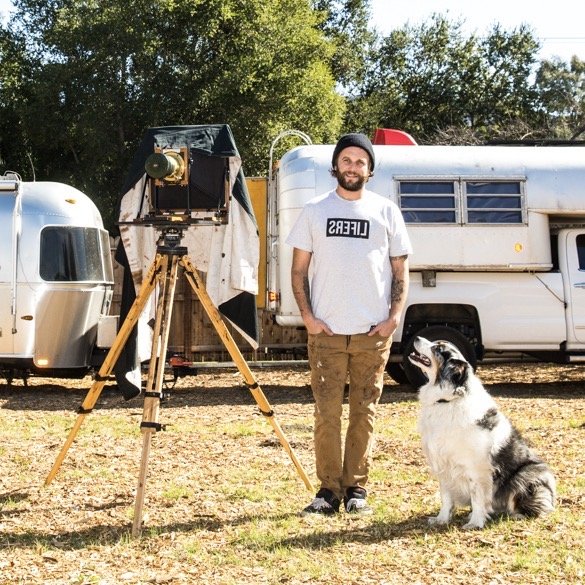Wetplate
Collodion
“Wet plate collodion is a historic photographic process from the 19th century, involving coating a plate with collodion, sensitizing it in silver nitrate, and capturing the image while wet. This technique yields unique, ethereal images known for their timeless elegance and distinctive imperfections, setting them apart from modern photography.”

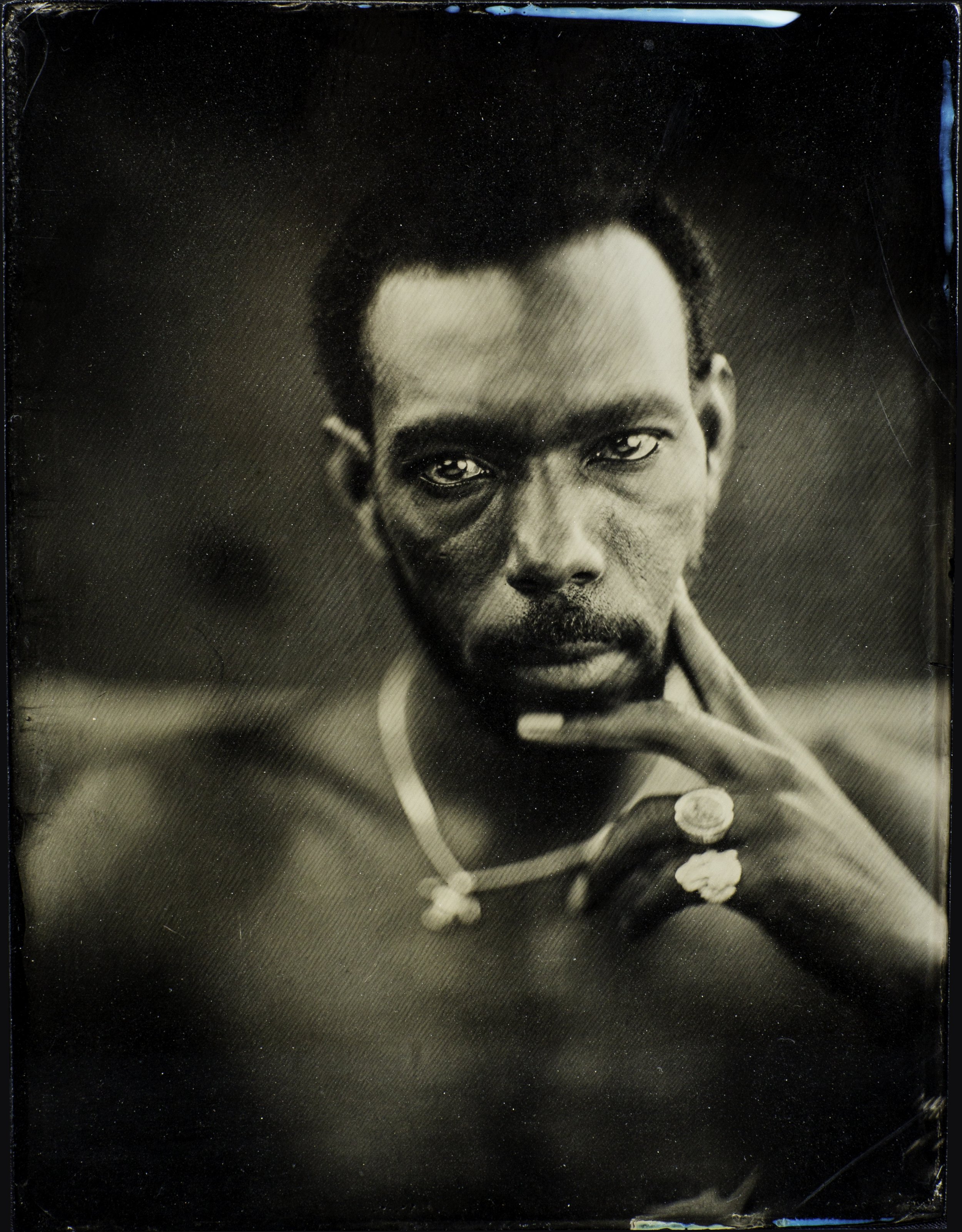
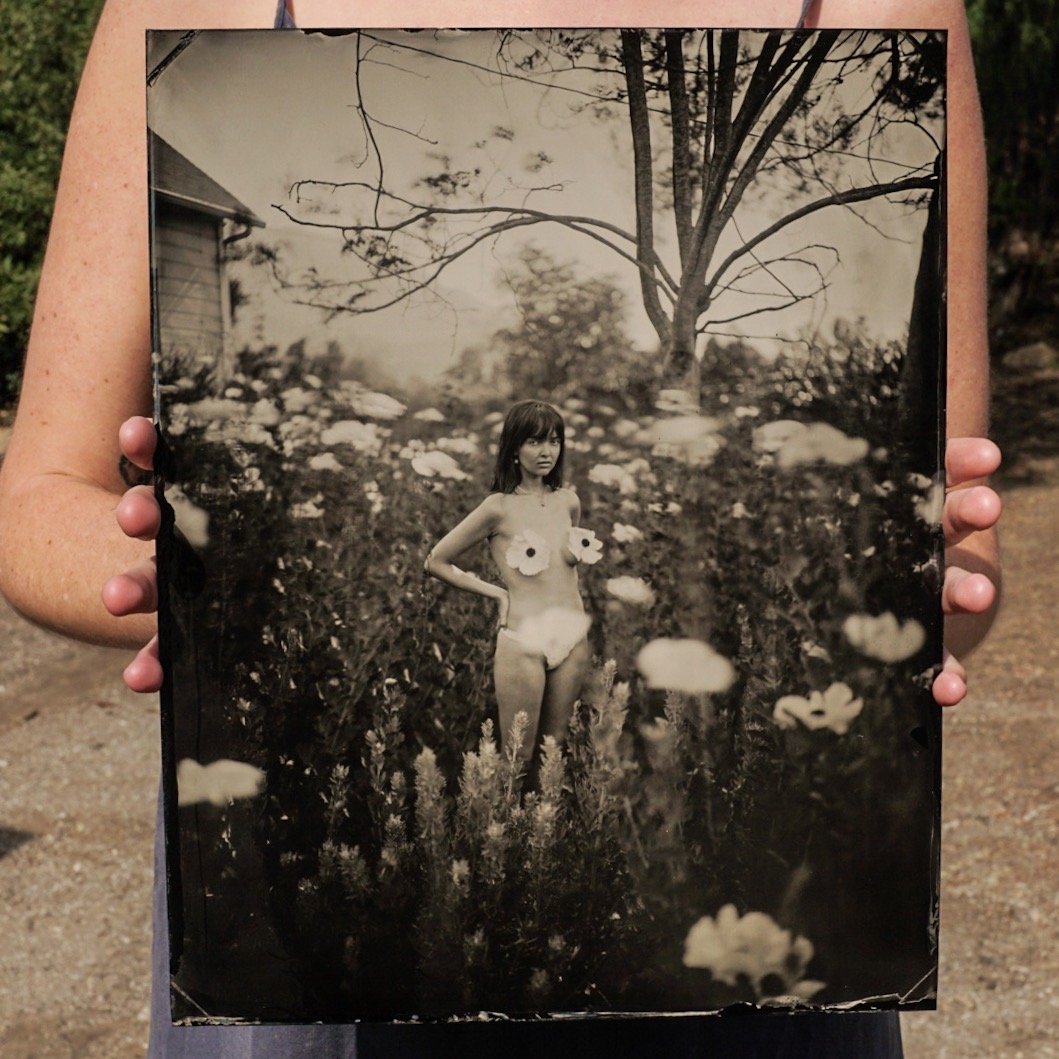








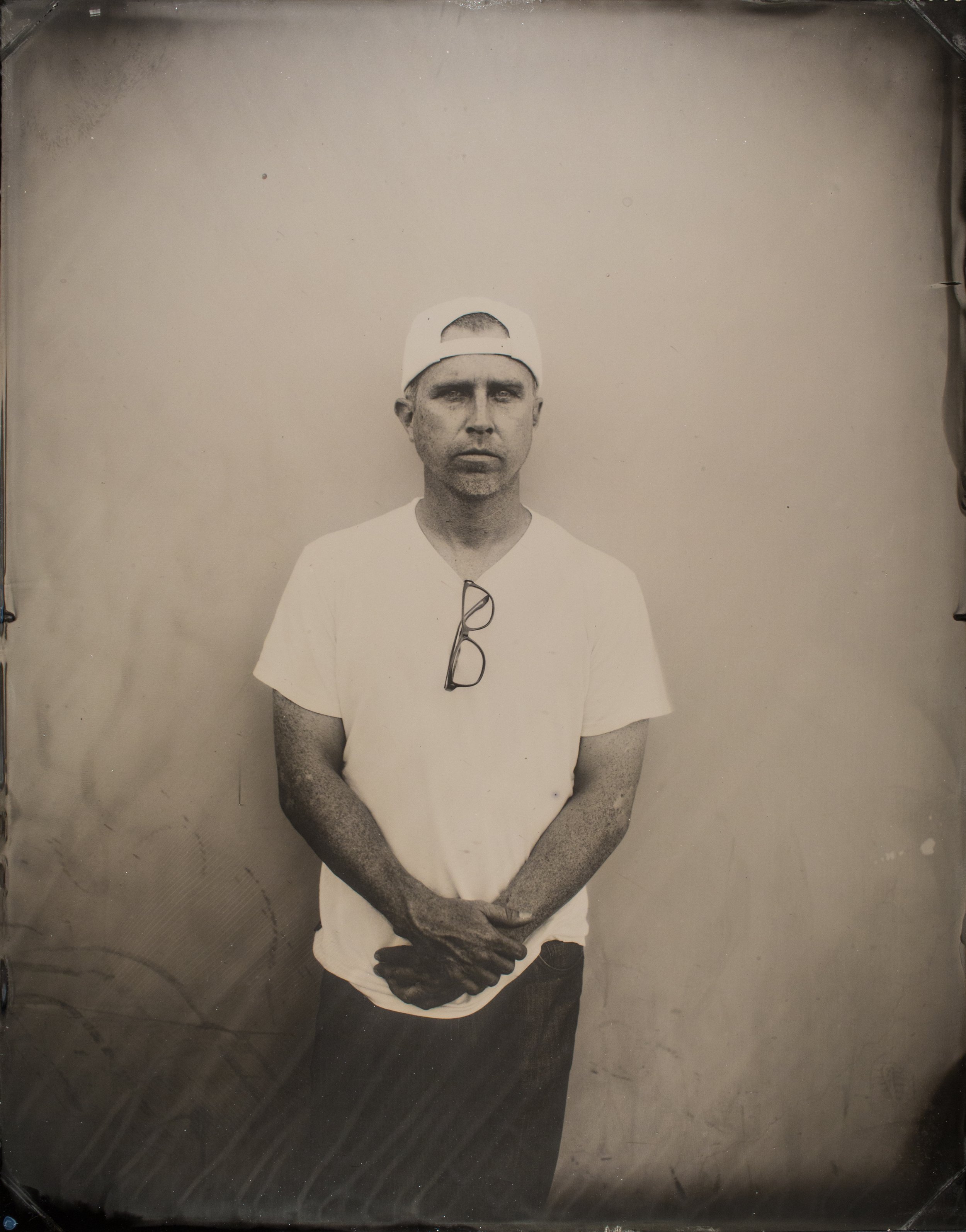

Chemistry and Light and Ancestry
My great, great, great, great grandfather, Lowell Gilmore, was a professional photographer in the late 1840’s in Schenectady, N.Y. He, along with other pioneer photographers like Americans Alexander Gardiner and Matthew Brady, were on parallel quests to capture light and to fix it onto on a “permanent” medium of some sort; at first, it was glass, later it was tin, still later it was paper.
These early photographers were all continually experimenting, continually learning and developing improvements as they went. In Lowell Gilmore’s time, there had never been such a thing as a professional photographer. A generation before, photography didn’t exist. Individuals were drawn to it by the sheer love of the magic and the art that they were developing right before their eyes. It was mystical, almost to the point of being sacred. To be a photographer was to be a magician, a shaman.
Lowell and Emma Gilmore pictured above photographed by each other circa 1855.
Book an appointment.
If you would like to schedule an portrait session please reach out here.
Up Coming Tintype Pop-Up’s
-
Exposure times vary based on lighting and the desired effect. For ideal portrait results, aim for exposure times of 1 to 2 seconds. Subjects should be ready to remain still for a few minutes while the plate is prepared.
-
Yes! Please reach out to me via
my contact page for more information.
-
Collodion is exclusively sensitive to UV light. However, using non-UV coated flashes and UV lighting allows us to create portraits indoors or at indoor events. Nevertheless, for an artistic preference, daytime and natural lighting are always preferred.
